‘Tis the season when the sun empathises with the national mood and becomes a tardy riser. It’s also the time when many of us fantasise about curling up snugly by the fireside with the elements raging beyond the window panes. Sure, you’d be crazy to go rambling on those cold truncated days. Wrong! Our chilliest season can be a most rewarding time among the hills.
Whether you ramble in the moody half-light of a December afternoon, the eye-watering whiteness of a frosty morning, or a day when the hills stand white-veiled like nurses of yore, the winter landscape rewards the intrepid. So, make a resolution to forego the claustrophobic option of hibernating indoors over Christmas, and head off en famille for a breezy outdoor walk. Wrap up and embrace the captivating bleakness of winter in the outdoors on one of the outings listed below. The entire family will return enriched and relaxed, with a much-enhanced appetite for the Christmas turkey or leftovers over the days ahead.
Buggy and wheelchair-friendly walks
Templemore Park, Co Tipperary
The Ascendancy period of Irish history was a tough time for most, but this era also bequeathed us many of Ireland’s finest parklands. Templemore Park is a good example, laid out around an artificial lake by the wealthy Carden family in the 19th century. The forest path, recently fully tarmacked, makes a perfect place to introduce smallies to the outdoors with a buggy walk. The 1.5km circuit won’t take you very long to complete, but it is so atmospheric you may be tempted to do it twice.
The Lake Loop, Castlewellan, Co Down
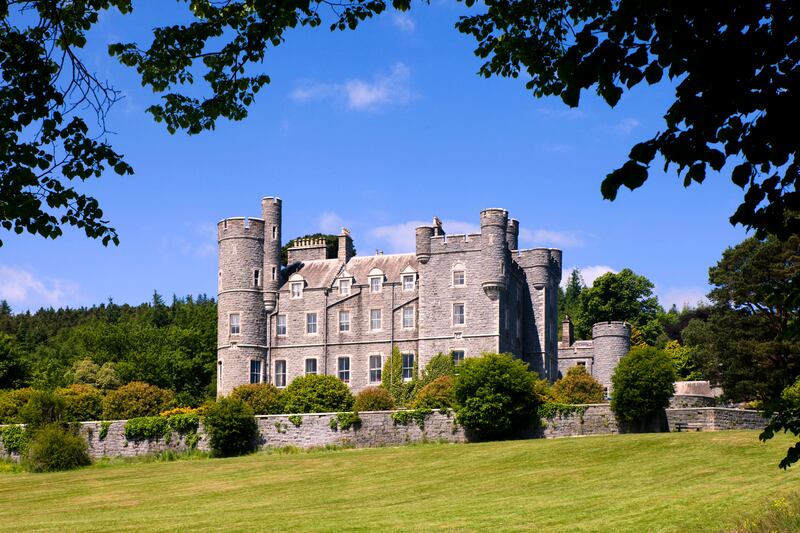
Winner of the 2022 Walk Northern Ireland “Best place to walk as a family in Northern Ireland”, this 2.5-mile (4km) circular walk over easy terrain is designed for families with young children in buggies or little kids on bikes. An easy trail follows green waymarkers around the lake, offering a panoramic vista across the surrounding hills and Mourne Mountains, along with excellent views of the impressive Scottish baronial-style castle built in 1856. The park also features a natural play area and a peace maze, so you can spend even more time interacting with the outdoors.
READ MORE
Sculpture Park Loop, Lough Boora, Co Offaly
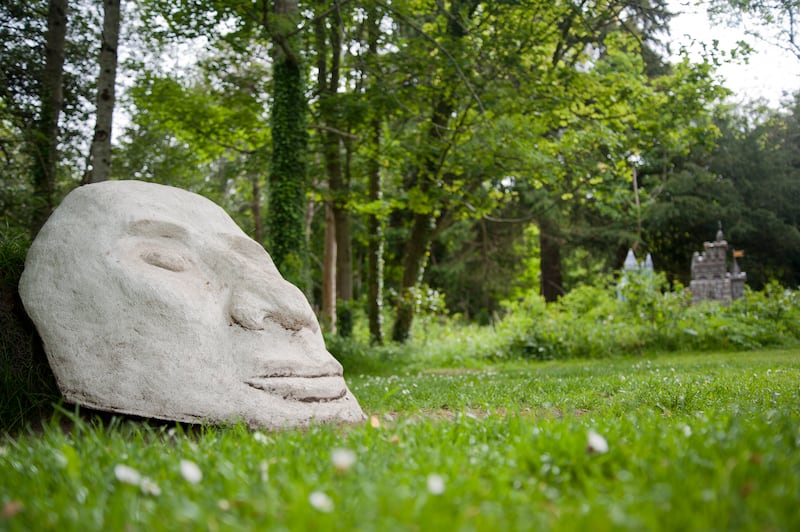
Located 20km west of Tullamore, Lough Boora Discovery Park is a tenderly reclaimed bog and nature reserve. From the visitor centre, follow the yellow arrows on a 3.5km loop past a small lake, and then continue into the innovative Sculpture Park. Here, artists were inspired by the local natural and industrial heritage to create a series of impressive sculptures. Eileen McDonagh’s Boora Pyramid will prove a highlight and instantly have older kids scrambling to the top. Push on past a series of other fine exhibits, including the Secret Garden and the Raised Circle. Then, follow signs over a bridge and back to the visitor centre, stopping en route to investigate an old peat train, marooned high on an embankment.
Emo Court, Portarlington Co Laois
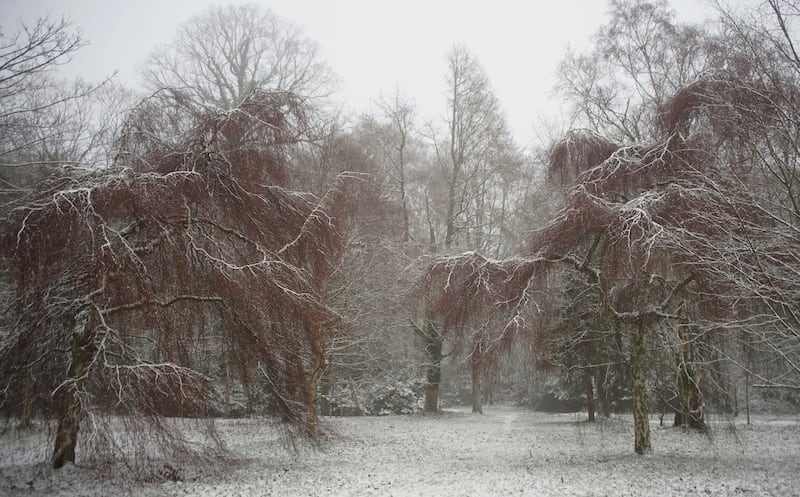
Venetian architecture isn’t something you’d expect in rural Ireland, but our greatest Palladian Mansion stands, somewhat incongruously, amid rural Laois. Once the seat of the Earls of Portarlington, the estate, which remains Europe’s second largest walled park, is now the property of the Irish people. To explore this monument to past opulence, follow the yellow arrows from the car park along a sylvan lane and then cross a field to reach an artificial lake. Now tag the shoreline, as occasional views of the great neoclassical house appear and disappear across the still winter waters. Cross a footbridge and then continue past a walled garden and along a tree-canopied pathway to regain Emo Court after an exquisitely varied one-hour ramble. Note: in wintertime, Emo Estate closes at 4.30pm.
Easy walks for little legs
Bay Lough, Co Tipperary
From Clogheen village take the footpath south to a parking place on the right and then follow walking arrows for the East Munster Way. When these arrows point left, continue straight ahead to reach the sublime corrie lake of Bay Lough, which tradition holds is the watery grave of a local witch named Petticoat Loose. Return by following the arrows for the Tipperary Heritage Way through the lovely mixed woodlands of Loughglenbridge. When you rejoin the Munster Way, go left and continue over a pretty footbridge and then back to Clogheen after a ramble of about two hours.
Ardmore Cliff Path, Co Waterford
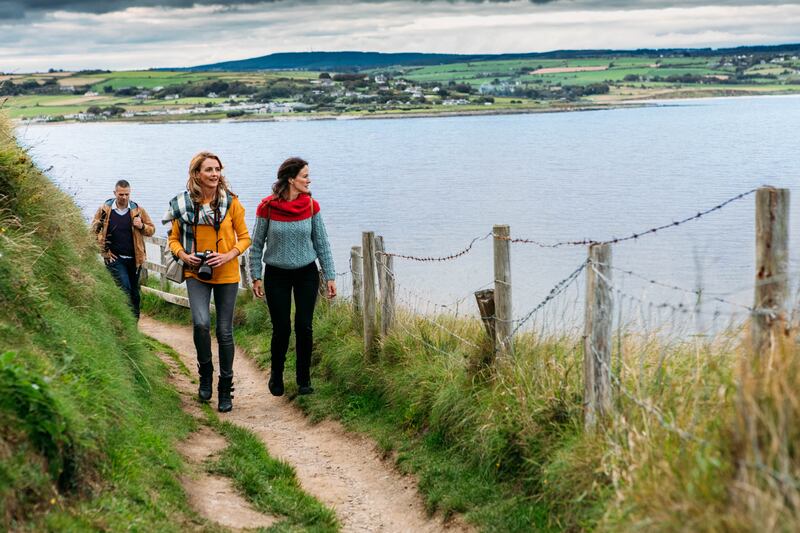
This undemanding 4.5km outing is one for all the family. It offers spectacular coastal views, a genuine sense of reconnecting with history and something interesting around almost every corner. From the trailhead at Ardmore Church, walk uphill by the Cliff House Hotel and on past the ancient Church and Well of St Declan. Beyond, the cliff-top path meanders spectacularly around Ardmore Head with enormous declivities falling left until the skeleton of the Sampson crane ship, which was wrecked in 1988, comes into view. Afterwards, it’s inland to explore St Declan’s Monastery. Occupying a striking hilltop setting, the most prominent landmarks are the 30m-high round tower and the now roofless Cathedral. Then, it is a short ramble downhill to the trailhead.
Ballyvaughan Wood Loop, Co Clare
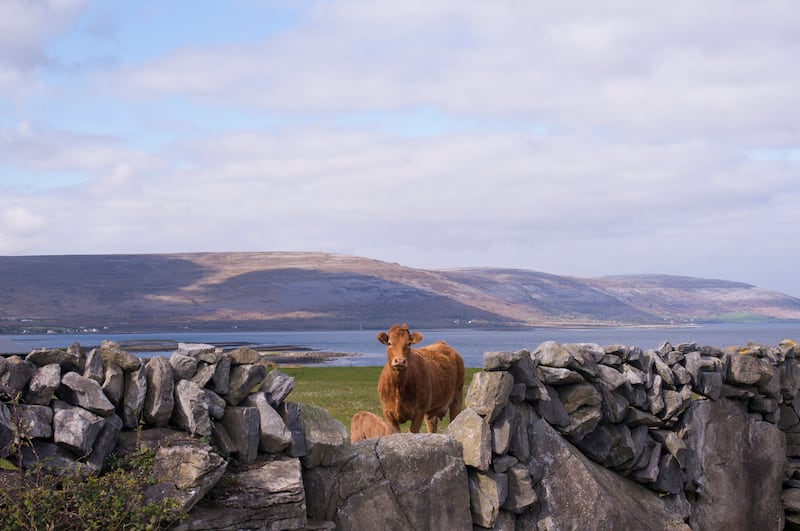
The Burren is undoubtedly Ireland’s most surreal landscape. Exploring it can be challenging with its clints, grykes and tottering boulders proving the downfall of many. If you want to get close and personal with this enigmatic landscape, without actually daring to tread on it, begin by following the arrows for the 8km Wood Loop, which starts from the harbour in Ballyvaughan. A hazelwood immediately acts as a reminder of the Burren paradox: hazel is the natural vegetation of the Burren that could, again, completely obscure the limestone if agricultural overuse is not maintained. Small fields and woodland paths then convey you to the Aillwee Caves centre and, perhaps, a warm coffee. Beyond Aillwee, the ageless appeal of the Burren becomes inescapable, for the history of every era is written here in stone. Returning to Ballyvaughan, try picking out as many as possible of the mesmerising array of prehistoric enclosures, stone forts and cairns alongside this ancient route.
Lough Derg, Co Donegal
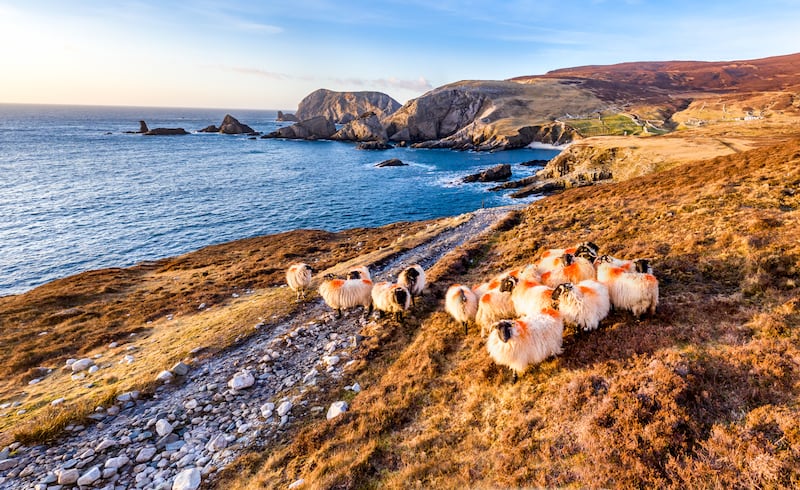
This timeless pilgrim route, which lies far removed from roads, houses and other signs of modern-day living, comes redolent with many echoes of its Christian past. From the trailhead at Station Island pier, follow pilgrim pathway markers on well-maintained and relatively level forest tracks. This was, in medieval times, the final stage of one of Europe’s great penitential trails leading to Lough Derg. After 6km of contouring the serene lakeshore, your destination is a cross marking the historic disembarkation point for the Augustinian Friary at Saints Island. Enjoy the serenity of this timeless setting before following the arrows back to your destination, after an easy ramble of about two and a half hours.
Walks for older families
Cave Hill, Co Antrim
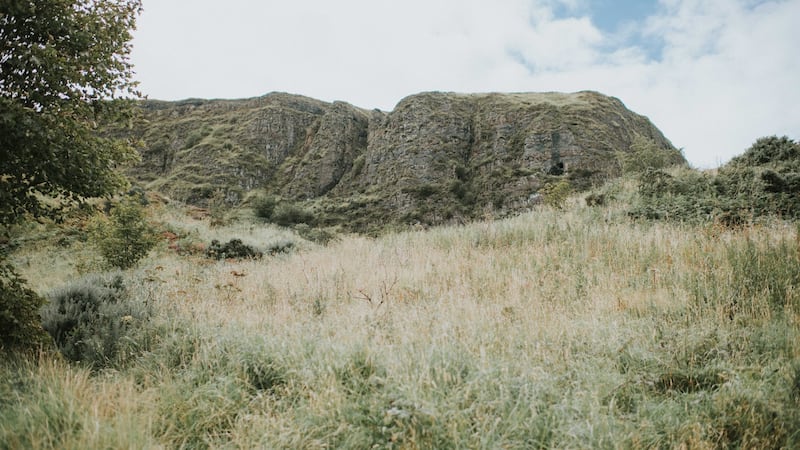
Overlooking Belfast, Cave Hill somewhat resembles a sleeping giant and is said to be the inspiration for Jonathan Swift’s novel Gulliver’s Travels. To explore this eminence, start from Belfast Castle by following green arrows through natural forests. Upwards next, past brooding cliffs and ancient caves, before veering right onto the northern shoulder of Cave Hill. Then it is southwards along a clifftop path that leads to the high point of McArt’s Fort. Having walked a modest 2.5km, you will discover that all of Belfast is now laid out below. McArt’s Fort came into history in 1795 when United Irishmen Thomas Russell, Henry McCracken and Wolfe Tone came here and agreed “never to desist in our efforts until we subvert the authority of England over our country”. They didn’t succeed, of course, but as you descend by the same route you can reflect that you have just visited the birthplace of the idea for an Irish Republic.
Torc Mountain, Co Kerry
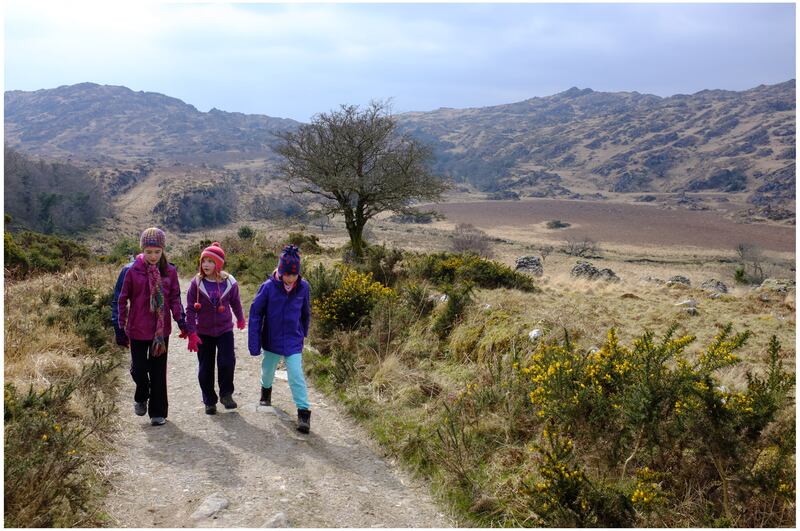
Where is Kerry’s most spectacular mountain view? Carrauntoohil, you may suggest. Ireland’s highest mountain certainly offers intoxicating vistas but suffers from the fact that, as from an aeroplane, you look down on everything. My favourite viewpoint in the Killarney outback is actually the wonderfully accessible summit of Torc Mountain, which is only about half the height of Carrauntoohil. To appreciate this magnificent outlook, follow the Kerry Way from the upper car park for Torc Waterfall, along a sylvan track leading south to open moorland. Cross a stream and take a track going right. This leads to a boardwalk and alternating track that rises consistently, but without further incident, to the summit. Your reward is a stunning panorama over Killarney’s world-famous lakes and fells, with the angular Macgillycuddy’s Reeks as a stunning backdrop. Return from the summit by retracing your steps.
Glencolumbkille, Co Donegal

If “a place apart” can survive a globalised world, Glencolumbkille is the genuine article. To explore this sequestered valley, set off from Glencolumbkille Fire Station by tagging an ancient path, rich with megalithic tombs and standing stones that lead to Columbkille’s Chapel. Beyond, a switchback track ascends to a signal tower offering awe-inspiring views over the deceptively beautiful but treacherous Donegal coastline.
Continue north by the cliffs before descending to the postcard-pretty harbour of Port that is backdropped by the poignant ruins of a deserted village, which was, like many, abandoned to escape Famine hunger. Now it is a place where the 21st century still seems in the hazy future, and makes the perfect place to tarry.
Afterwards, head uphill to a communications mast, where a service roadway leads south with a glorious vista over Glencolmbkille. Arrows for the Tower Loop then handrail you back to the start point, having walked about 14km. Note: sturdy footwear, protective clothing and navigation skills are required to cope with the high, exposed terrain.



















